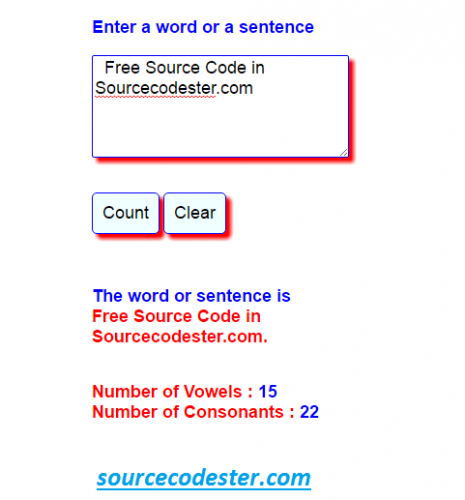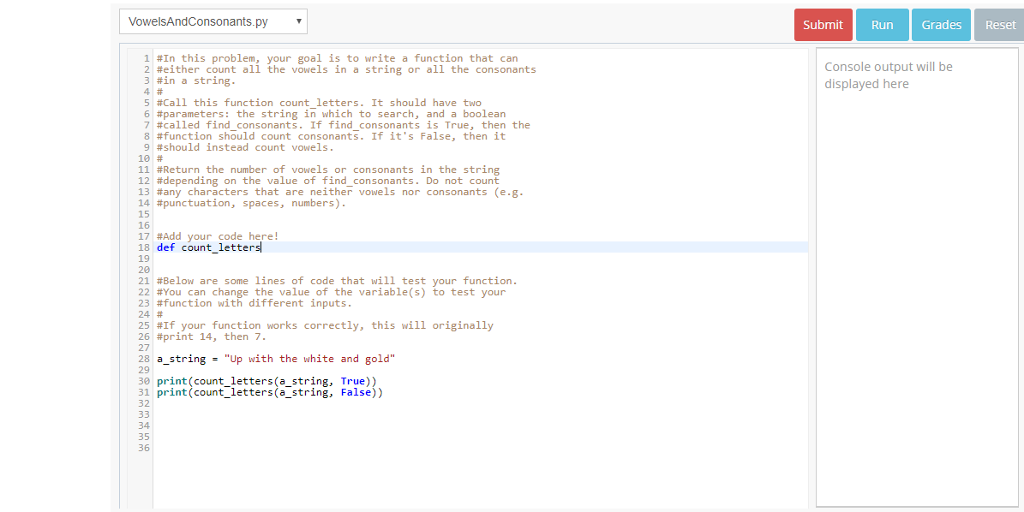
The vertical axis is runs from open down to closed, and the horizontal runs from front to back.” “Vowel sounds can be visualized in a two-dimensional space according to tongue position. Handbook of the International Phonetic Association: A Guide to the Use of the International Phonetic Alphabet.

Why Kullback-Leibler divergence is not a distance.

The English student of Japanese hears familiar sounds shifted a bit, but the Japanese student of English hears new sounds. If you expect English vowel sounds and hear Japanese vowel sounds you’re not as surprised as if you expect Japanese vowel sounds and hear English. The KL-divergence between two random variables X and Y, written KL( X || Y), is the average surprise in seeing Y when you expected X. KL-divergence is a divergence and not a distance, even though it is often called a distance, because it’s not symmetric. This reminiscent of the Kullback-Leibler divergence in probability and statistics. The differences between English and Japanese vowels are asymmetric: an English speaker will find it easier to learn Japanese vowels than a Japanese speaker would find it to learn English vowels. Swedish is interesting because it has a lot of vowel sounds, and the sounds are in tight clusters. Update: Here is a similar post for Swedish. Update: See the comments for a acoustic phonetician’s input regarding frequency analysis. The exception is the Japanese vowel with IPA symbol ‘a’, which is midway between the English vowels with symbols æ (U+0230) and ɑ (U+0251), somewhere between the a in had and the a in father. Here are versions of the vowel charts for the two languages that I made using Python’s matplotlib.įour out of the five Japanese vowels have a near equivalent in English. This post will show how English and Japanese vowel sounds compare according to. Is that justified? Does Japanese really have just five vowel sounds, and are they similar to five English vowels? Essentially yes. When I wrote about Japanese hiragana and katakana recently, I showed how the letters are arranged into a grid with one side labeled with English vowel letters. The IPA Handbook lists 11 vowel sounds in American English, not counting diphthongs. Scholars argue about how many vowel sounds English and other languages have because there’s room for disagreement on how much two sounds can differ and still be considered variations on the same sound.

See a linguistics textbook for far more detail.Įnglish has five vowel letters, but a lot more than five vowel sounds. The vertical axis is runs from open down to closed, and the horizontal runs from front to back. If any character lies between 'a' and 'z' except vowels, then increment the count for ccount by 1.Vowel sounds can be visualized in a two-dimensional space according to tongue position.If any character in string matches with vowels (a, e, i, o, u ) then increment the vcount by 1.Else we need to compare with capital (A, E, I, O, U). Convert the string to lower case so that comparisons can be reduced.The algorithm of the program is given below. If the match is found, increase the value of count by 1 otherwise continue with the normal flow of the program. Then, we have to traverse the string using a for or while loop and match each character with all the vowels, i.e., a, e, I, o, u. To solve this problem, First of all, we need to convert every upper-case character in the string to lower-case so that the comparisons can be done with the lower-case vowels only not upper-case vowels, i.e.(A, E, I, O, U). Any character other than that is known as the consonant. As we know that, The characters a, e, i, o, u are known as vowels in the English alphabet. In this program, our task is to count the total number of vowels and consonants present in the given string. Program to count the total number of vowels and consonants in a string.


 0 kommentar(er)
0 kommentar(er)
